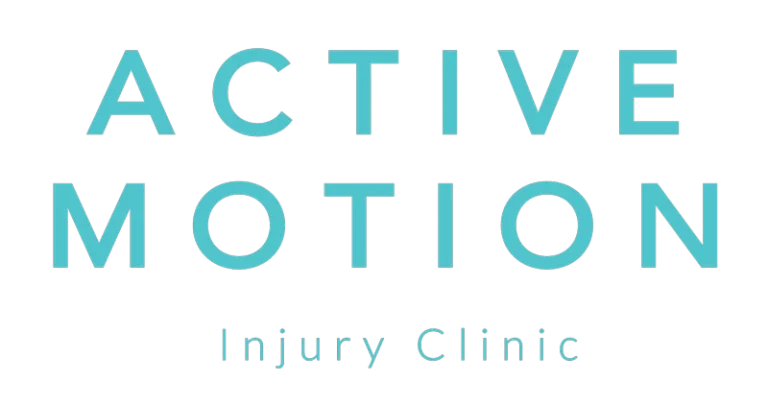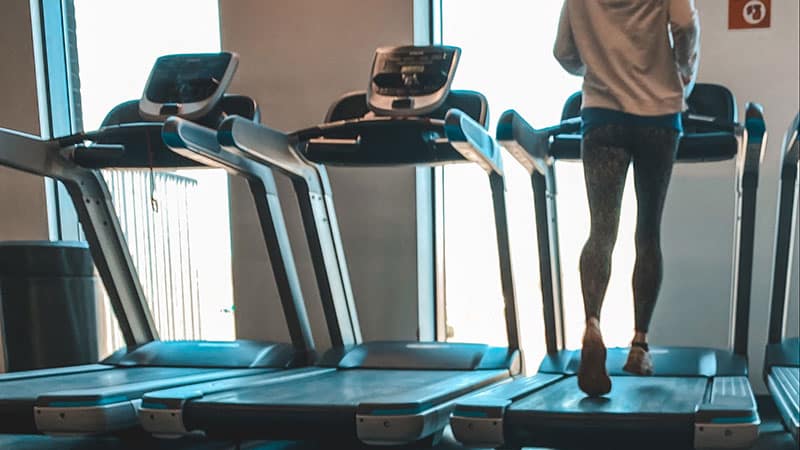Post-Run Recovery: Essential Tips for Recreational Runners
Completing a run is a rewarding experience, but what you do after your run is crucial for recovery and maintaining long-term running health. Whether you’re training for a race or running for fitness, effective post-run recovery practices can help you feel better and perform at your best. Here’s a guide to post-run recovery for recreational runners.
1. Cool Down Properly:
Gradual Slowdown, instead of stopping abruptly, spend 5-10 minutes slowing your pace to a brisk walk. This helps your heart rate and breathing return to normal gradually, reducing the risk of dizziness or fainting.
Stretching: After your cool down, take time to stretch your major muscle groups. Focus on your calves, hamstrings, quads, hip flexors, and lower back. Stretching helps maintain flexibility and prevents muscle stiffness. This should not be static stretching but instead gentle dynamic stretching which can take place during your brisk walk.
2. Rehydrate and Refuel
Hydration: Replenish lost fluids by drinking water or electrolytes. Proper hydration is essential for muscle recovery and overall bodily functions. Aim to drink at least 500 ml to 1L of fluid within the first hour after your run.
Nutrition: Consume a balanced snack or meal within 30-60 minutes post-run to restore glycogen levels and support muscle repair. A combination of carbohydrates and protein is ideal.
3.Ice and Elevate and Compression
Ice Therapy: If you experience any pain or inflammation, apply ice packs to the affected areas for 15-20 minutes. This can help reduce swelling and speed up recovery.
Elevation: Elevate your legs to reduce swelling and improve blood circulation. This is especially helpful if you’ve completed a particularly long or intense run.
Compression: Tight running legs or compression boots are a great way to help reduce the volume of lactic acid in your muscles. We have some compression boots available to hire. Email us: info@activemotion.uk to find out more!
4. Use Foam Rolling and Massage
Foam Rolling: Spend a few minutes using a foam roller to massage your muscles. Focus on areas that feel tight or sore. Foam rolling helps release muscle knots and improves blood flow to the muscles.
Massage: If possible, schedule regular massages or use self-massage techniques to keep your muscles relaxed and aid in recovery. You can do that at our clinics here:BOOK NOW
5. Rest and Sleep
Active Recovery: Incorporate active recovery activities such as light walking, swimming, or yoga on your non-running days. These low-impact exercises help maintain blood flow and aid in muscle recovery without adding stress.
Quality Sleep: Prioritise getting 7-9 hours of sleep each night. Sleep is when your body does most of its repair and recovery work. Good sleep hygiene, such as maintaining a consistent sleep schedule and creating a restful environment, is key.
6. Listen to Your Body
Monitor Pain: Pay attention to any persistent pain or unusual discomfort. While some soreness is normal, sharp or constant pain could indicate an injury. Don’t ignore these signals; rest and seek professional advice if needed (you can do that here).
Adjust Training: Be flexible with your training plan based on how you feel. It’s better to take an extra rest day or opt for a lighter workout than to risk overtraining and injury.
7. Stay Consistent with Recovery Practices
Routine: Establish a consistent post-run routine that includes the above elements. Consistency is key to effective recovery and long-term running success.
Adaptation: Adjust your recovery practices based on the intensity and duration of your runs. Longer, more intense runs may require more extensive recovery efforts.
Conclusion
Efficient recovery is an essential part of any running routine, especially for recreational runners looking to stay healthy and enjoy their runs. By incorporating proper cool-down techniques, hydration, nutrition, stretching, foam rolling, rest, and active recovery into your post-run routine, you’ll be better prepared to tackle your next run with energy and enthusiasm. Listen to your body, stay consistent, and prioritise recovery to enhance your running experience and performance. Happy running!

